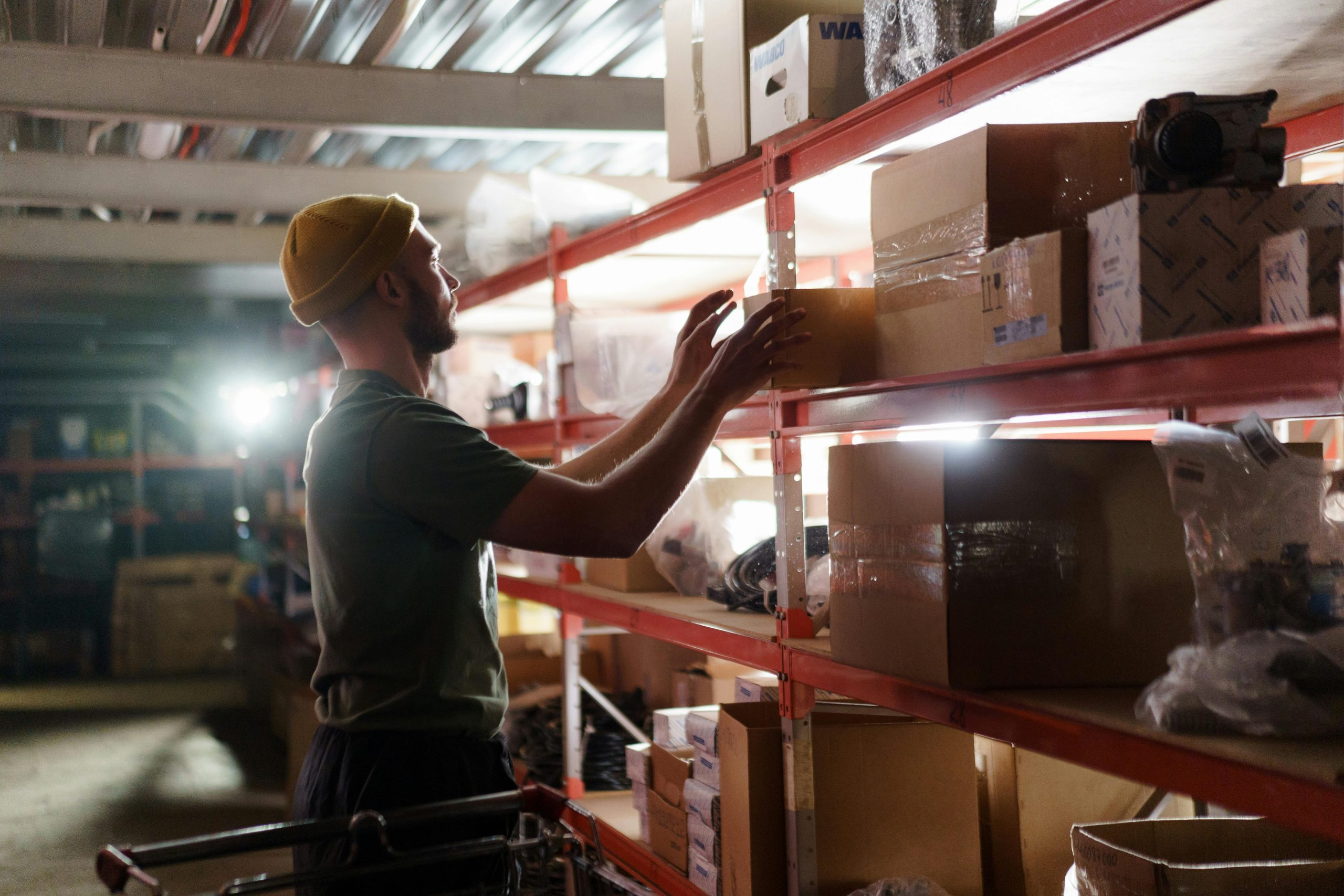How Supply Chains Affect What’s on Store Shelves
When you walk into a store, you probably take for granted the variety of products that are available to you. From fresh produce to household items, it seems like everything you could need or want is right there on the shelves. But have you ever stopped to think about how those products got there? The answer lies in supply chains, the intricate network of processes that allow goods and services to flow from producer to consumer. In this article, we will explore how supply chains affect what’s on store shelves, and the key factors that influence this important part of the retail industry.
The Role of Supply Chains
Before we delve into the impact of supply chains on store shelves, let’s start by understanding what supply chains actually are. Simply put, a supply chain is a system of organizations, people, activities, information, and resources that are involved in the production and distribution of a product or service from its source to end users. This can include everything from raw materials and manufacturing, to transportation and distribution, to marketing and customer support.
In today’s global marketplace, supply chains are becoming increasingly complex and interconnected. Companies are constantly seeking ways to improve efficiency and reduce costs, which has led to the rise of global supply chains that span multiple countries and continents. This means that what happens in one part of the supply chain can have a ripple effect on the rest of the chain, ultimately impacting what’s available on store shelves.
The Influence of Consumer Demand
When it comes to what’s on store shelves, consumer demand plays a significant role. Retailers work hard to understand what their customers want and need, and then stock their shelves accordingly. This means that supply chains must be able to respond quickly to changing consumer preferences and trends. For example, if there is a sudden surge in demand for a particular product, the supply chain must be able to ramp up production and deliver the product to stores in a timely manner.
Consumer demand can also lead to changes in supply chain management strategies. In recent years, there has been a growing trend towards just-in-time inventory management, where products are only ordered and delivered as needed. This has helped retailers minimize excess inventory and reduce costs, but it also means that supply chains must be highly efficient in order to keep up with demand and prevent stockouts on store shelves.
The Impact of Globalization
As mentioned earlier, modern supply chains are often global in nature, with the sourcing, production, and distribution of products taking place in different countries and regions. While this has opened up new opportunities for businesses, it has also brought about its own set of challenges. For one, managing a global supply chain requires extensive coordination and communication between different players. This can be particularly challenging when dealing with different languages, currencies, and regulations.
Globalization has also made supply chains more vulnerable to disruptions. Natural disasters, political instability, and trade disputes can all have a major impact on the movement of goods and services, which can then affect what’s available on store shelves. This was particularly evident during the COVID-19 pandemic, where supply chains were disrupted on a global scale, resulting in shortages of certain products in many stores.
The Importance of Supply Chain Management
Given the critical role of supply chains in determining what’s on store shelves, it’s no surprise that many companies have placed a greater emphasis on supply chain management in recent years. This involves taking a strategic approach to planning, sourcing, production, and distribution, with the ultimate goal of optimizing the efficiency and performance of the supply chain.
Supply chain management also involves monitoring and mitigating risks, whether it’s through contingency planning or diversifying suppliers. This is crucial in today’s uncertain business landscape, where disruptions can happen at any time and have a major impact on the availability of products in stores.
Conclusion
As we’ve seen, supply chains play a critical role in determining what’s on store shelves. From managing consumer demand and adapting to global trends, to overcoming challenges and optimizing efficiency, supply chains are key to delivering products from producer to consumer. As customer expectations continue to evolve and the global marketplace becomes even more interconnected, the role of supply chains will only continue to grow in importance. Retailers and businesses that are able to effectively manage their supply chains will have a competitive advantage in meeting the needs of their customers and keeping their shelves well-stocked with a diverse range of products.










